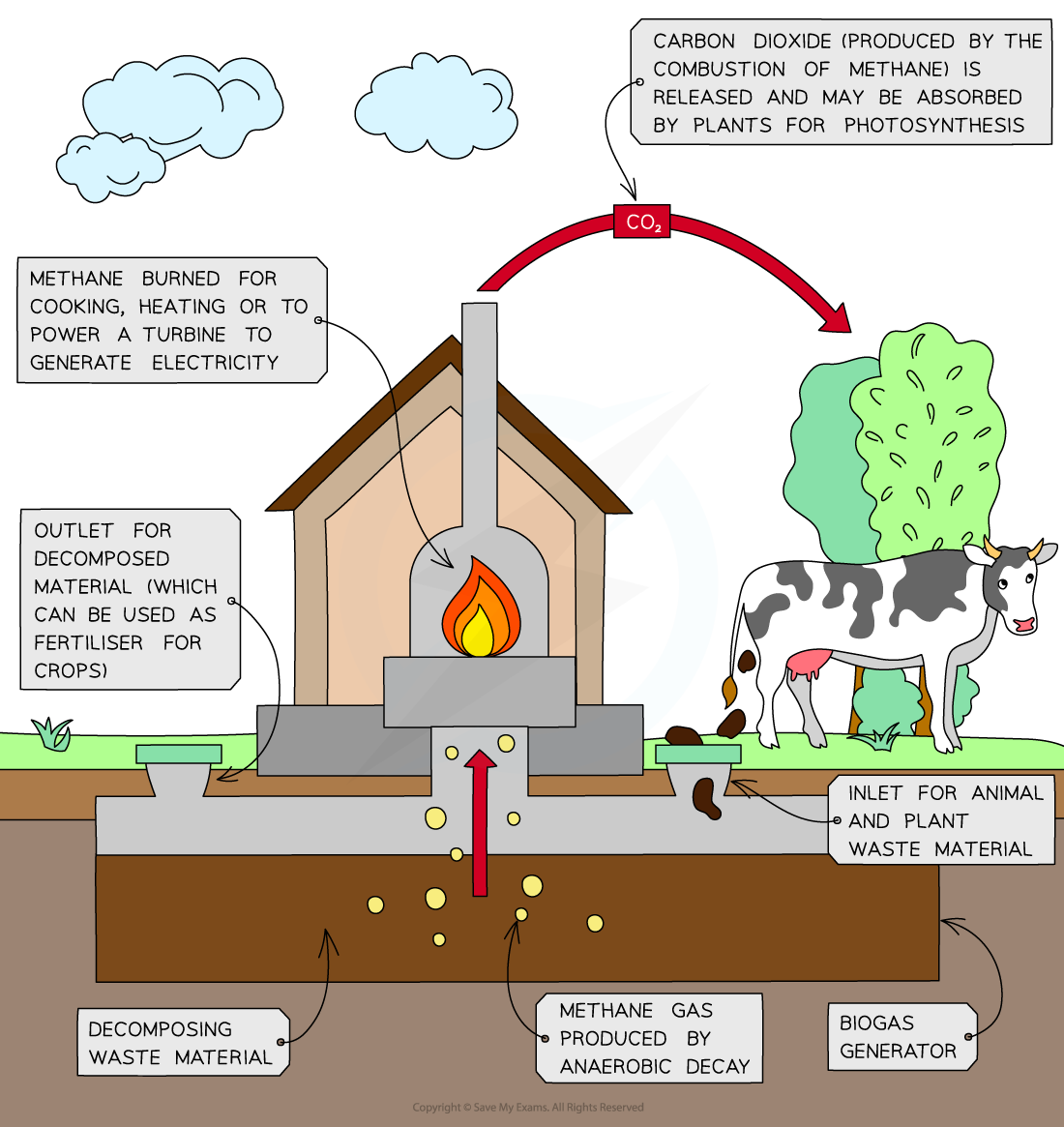Rate of Decay
- Temperature, water and availability of oxygen affect the rate of decay of biological material
- Decomposition (also known as decay or rotting) is the breaking down and digestion of biological material (waste products and dead organisms) by organisms called decomposers
- Decomposers include microorganisms (bacteria and fungi) and detritus feeders
- Decomposition is a crucial process as it ensures that materials such as carbon and mineral ions are recycled and returned to the environment
- Remember, there is a finite (fixed) number of elements on Earth, new atoms cannot be created out of nothing!
- The rate of decay is the speed that decomposers break down biological material and is affected by three key factors:
Factors affecting rate of decay table






